Description
ZOL2601 Assignment 4 Semester 1 Memo | Due 13 May 2025. All questions fully answered. Answer all five questions (total of 50 marks) Question 1 [10] Explain briefly in your own words how measuring CO2 production can be used to estimate the metabolic rate of animals. Discuss at least two approaches in this context. Question 2 [6] Provide a short overview and explanation of organisms that store energy in the form of glycogen. Also briefly explain why migrating birds do not store energy as glycogen. Question 3 [10] Use diagrams and equations to distinguish between the three general types of allometric relationships. Question 4 [14] The table below provides respiration rates at various temperatures for two different species. Species A Species B Temperature (°C) O2 consumed (ml kg-1 hr-1) O2 consumed (ml kg-1 hr-1) 23 32 32 31 32 55 4.1. Calculate the Q10 values for oxygen consumption rates for each of the two species. Show all your calculations. (8) 4.2. Based on the Q10 values, discuss which of the two species is likely to be threatened more by extreme heat events in its environment. Include in your answer a clear explanation of what the Q10 values mean and speculate on the types of organisms that may be represented by A and B (6) Question 5 [10] Draw an acclimation graph to illustrate the thermal tolerance range of a hypothetical species for which the following data is available: Acclimation temperature (°C) Lower lethal temperature (°C) Upper lethal temperature (°C) 15 5 40 20 5 42 25 5 45 30 8 45 35 10 45




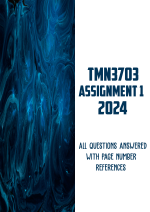
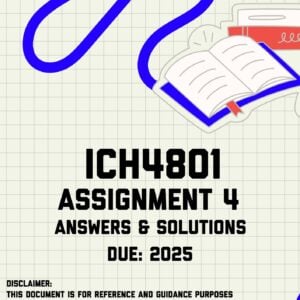
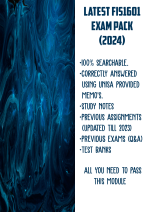


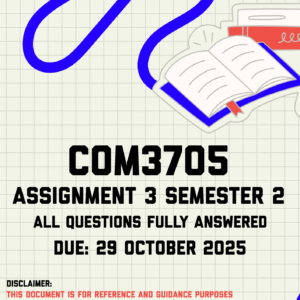

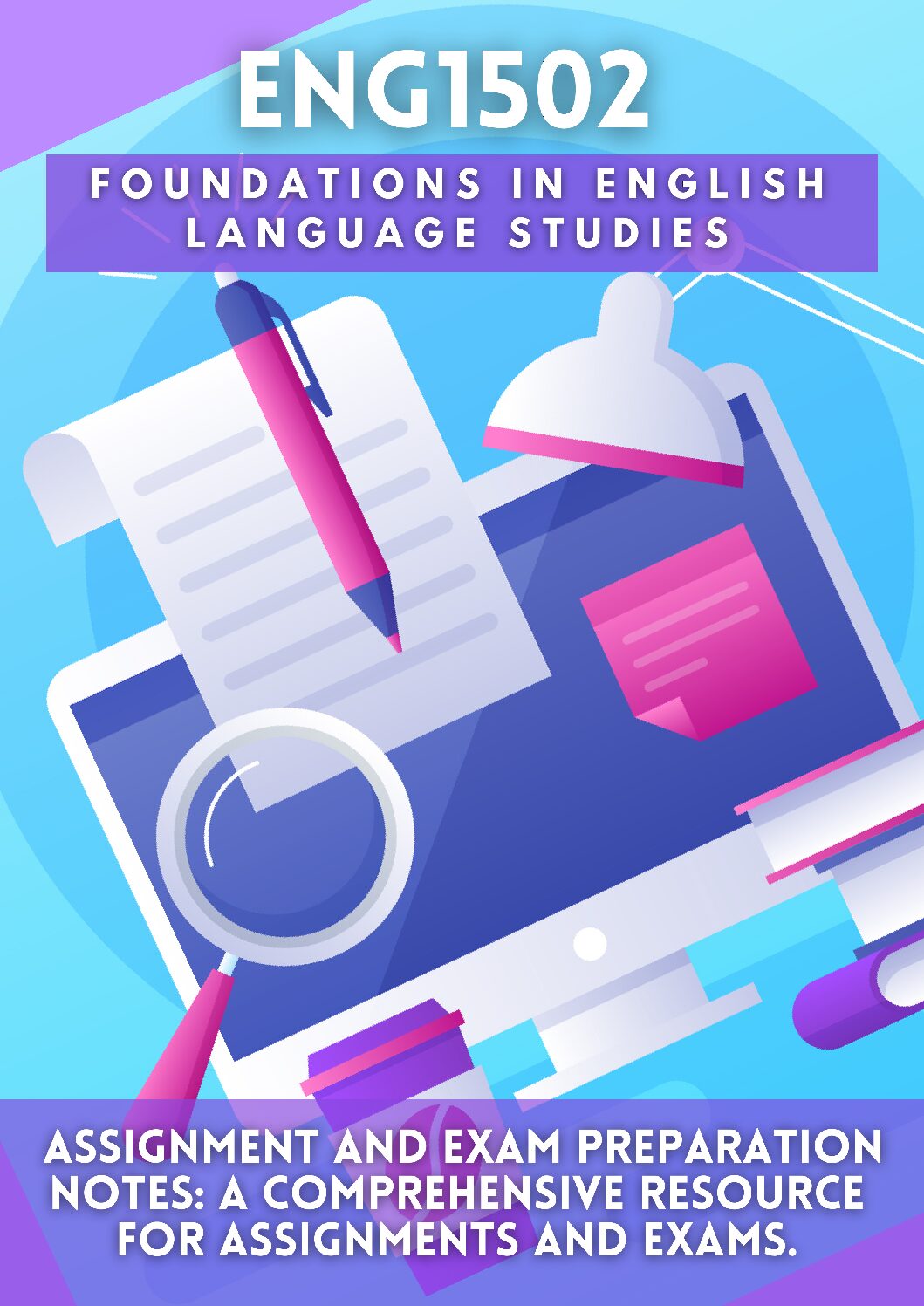


Reviews
There are no reviews yet.